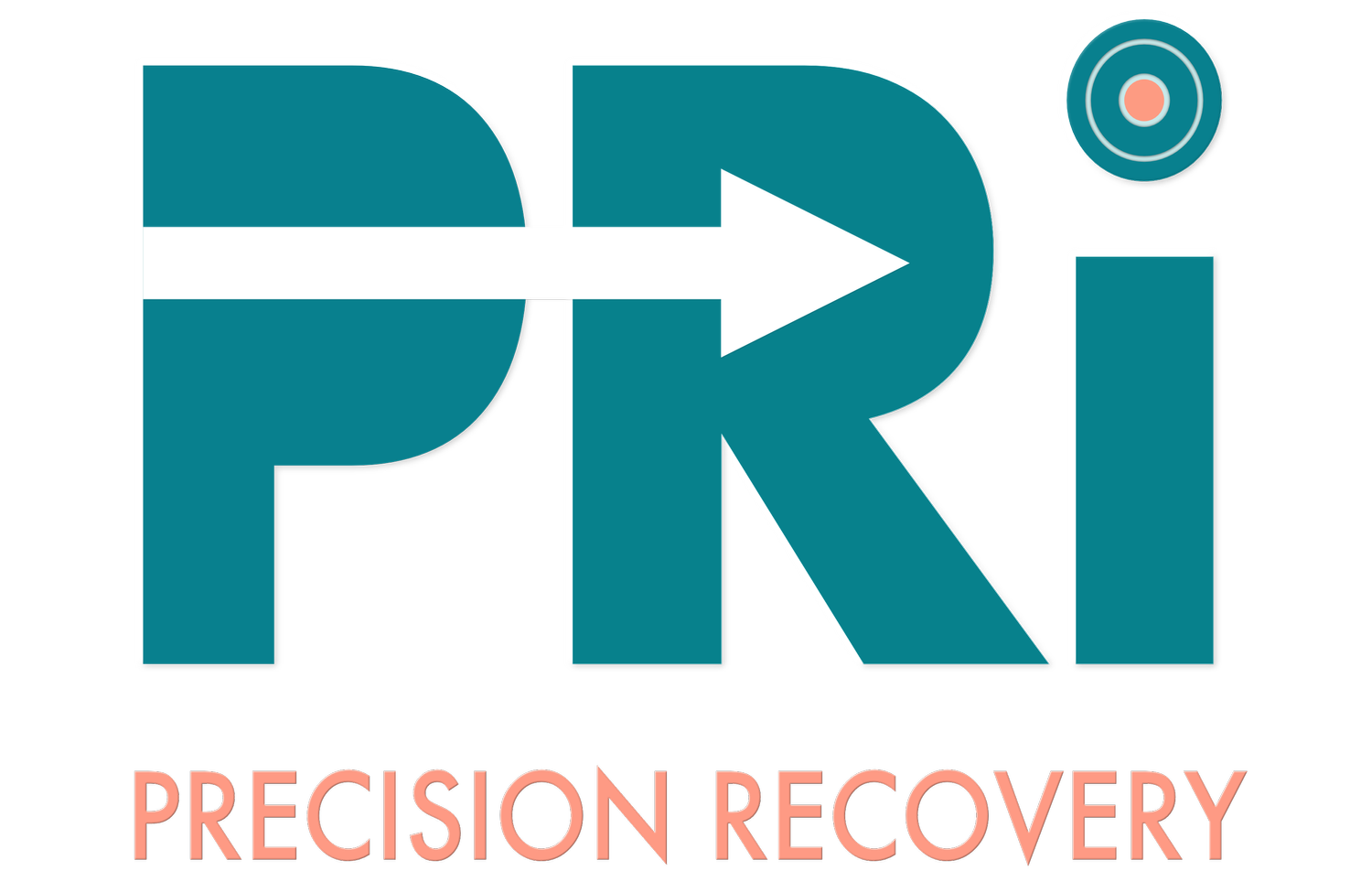A caregiver’s guide to devices and tools that can help after stroke
Assistive Devices and Adaptive Tools: Enhancing Independence After Stroke from the Caregiver Perspective
Experiencing a stroke can be a life-altering event, leading to a range of physical and cognitive challenges that require rehabilitation and support. However, the journey to regaining independence and improving quality of life is made significantly smoother with the aid of assistive devices and adaptive tools. These innovations, designed to cater to the unique needs of stroke survivors, are vital in helping individuals rebuild their lives, restoring their confidence, and navigating their environment more efficiently.
First and foremost, the array of assistive devices available for mobility is impressive. From simple canes that provide balance to advanced wheelchairs designed for maximum comfort and maneuverability, these devices help stroke survivors move with greater ease and assurance. This means that simple tasks like moving from one room to another, which might initially seem daunting post-stroke, become more achievable. Similarly, specially designed footwear and braces can further assist in providing stability and reducing the risk of falls.
In addition to mobility aids, there are countless adaptive tools that facilitate everyday tasks, which may otherwise seem challenging. For instance, stroke survivors who face difficulty with hand dexterity can benefit from utensils with enlarged grips, making tasks like eating or writing more comfortable. Non-slip mats, button hooks, and one-handed can openers are just a few examples of tools that can significantly enhance the daily life of a stroke patient, allowing them to perform tasks independently and safely.
In conclusion, while a stroke might initially seem like a significant setback, the power of human resilience, coupled with the assistance of well-designed devices and tools, can forge a path to greater independence. Embracing these aids is not about admitting defeat but celebrating the spirit of adaptation and determination. Stroke survivors, with the right support and equipment, can continue to live fulfilling lives, filled with purpose, autonomy, and joy.
